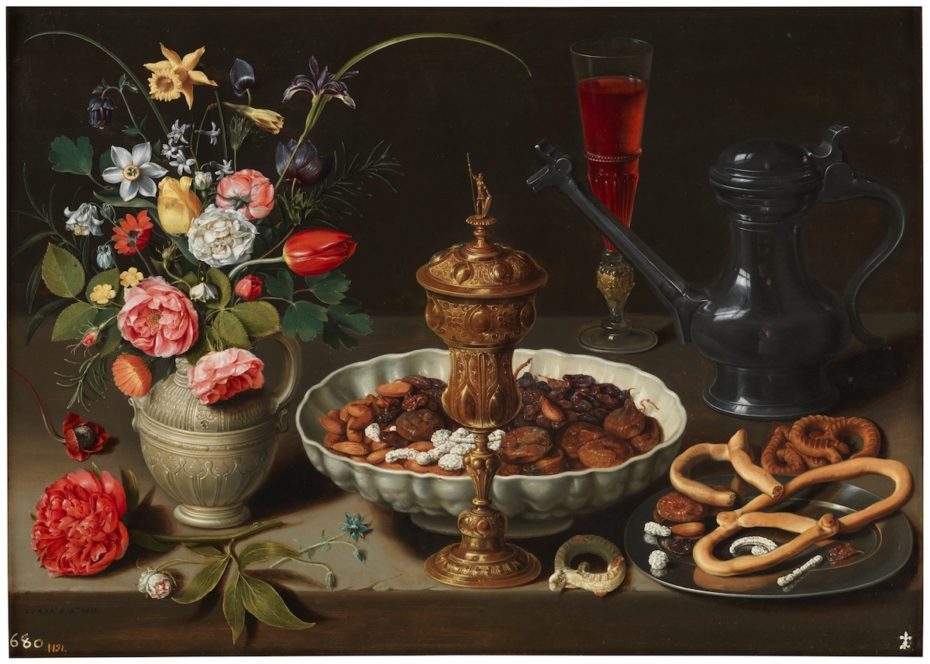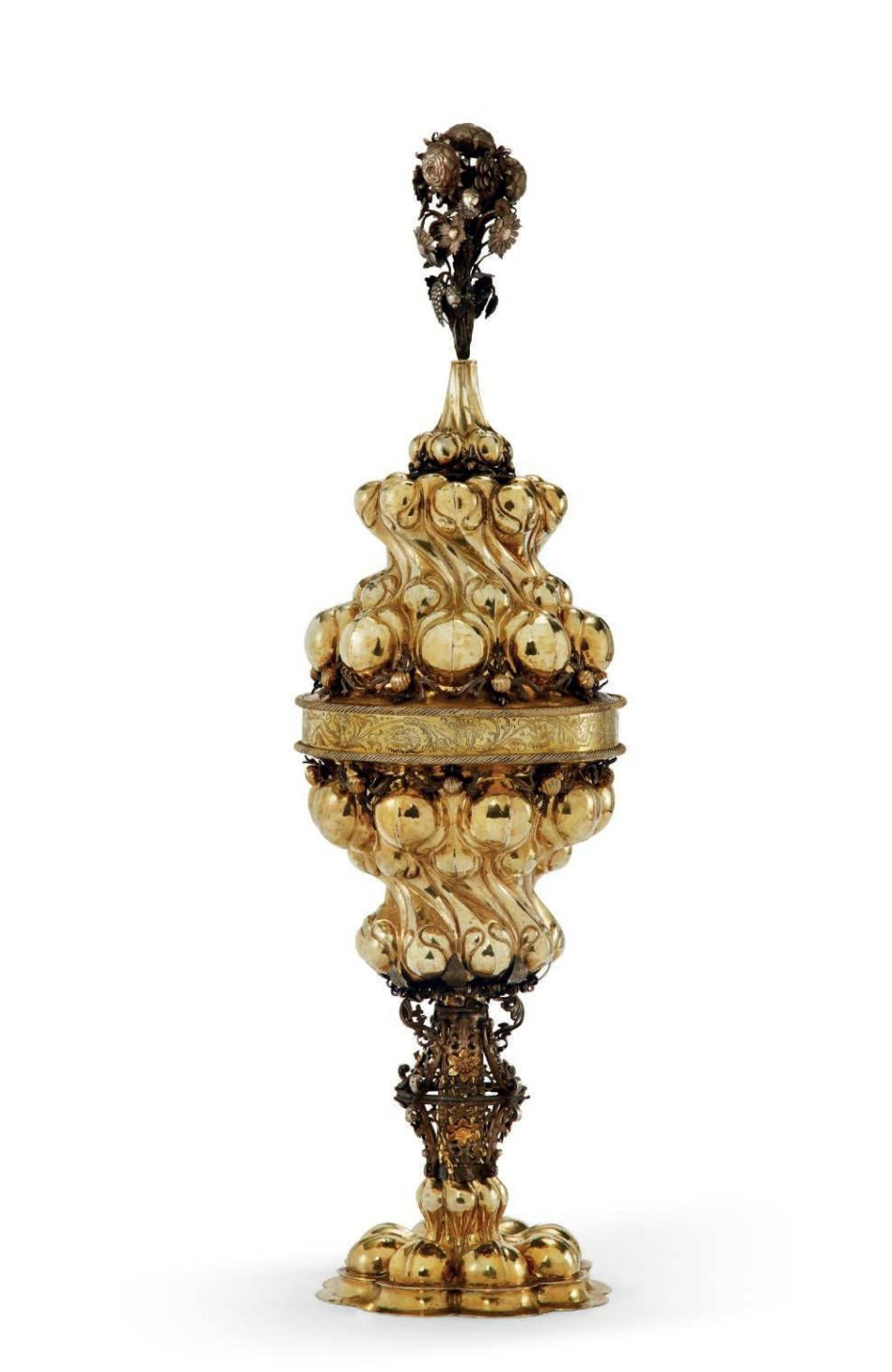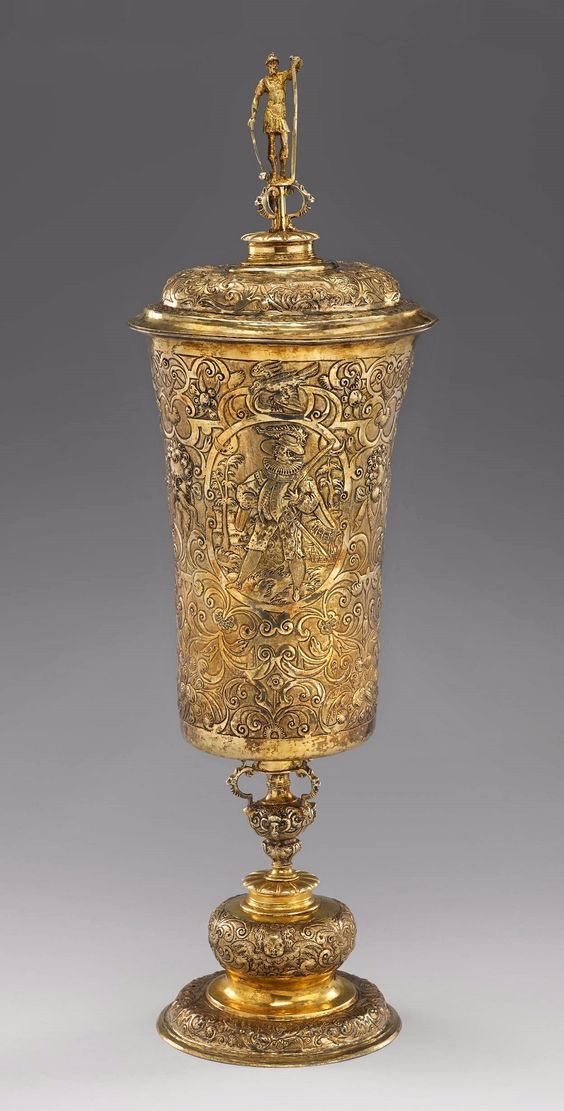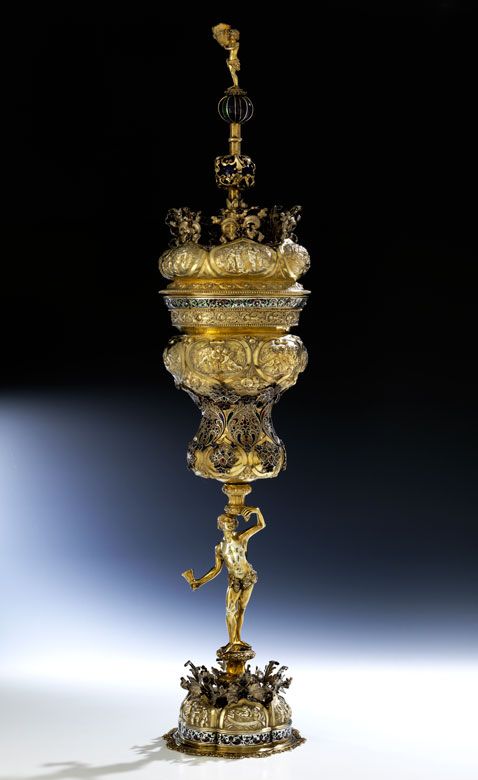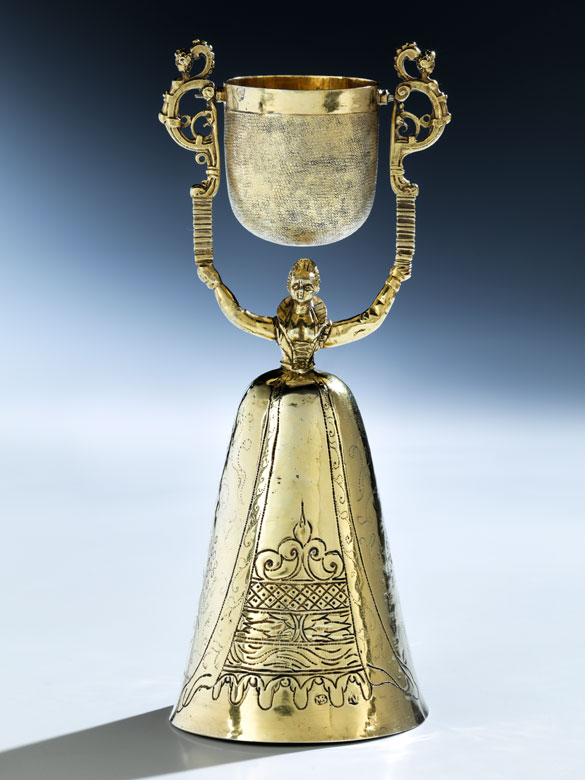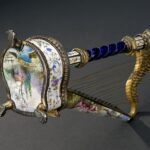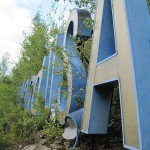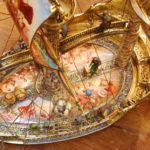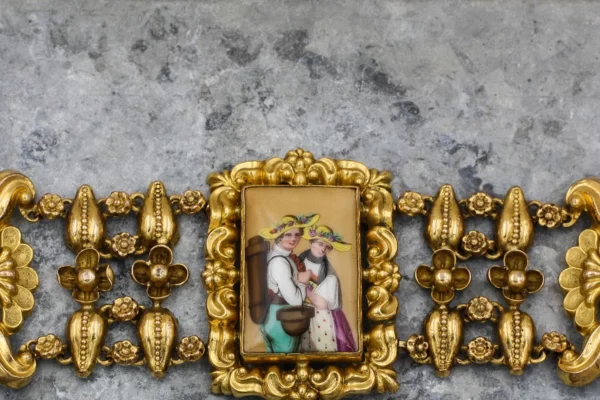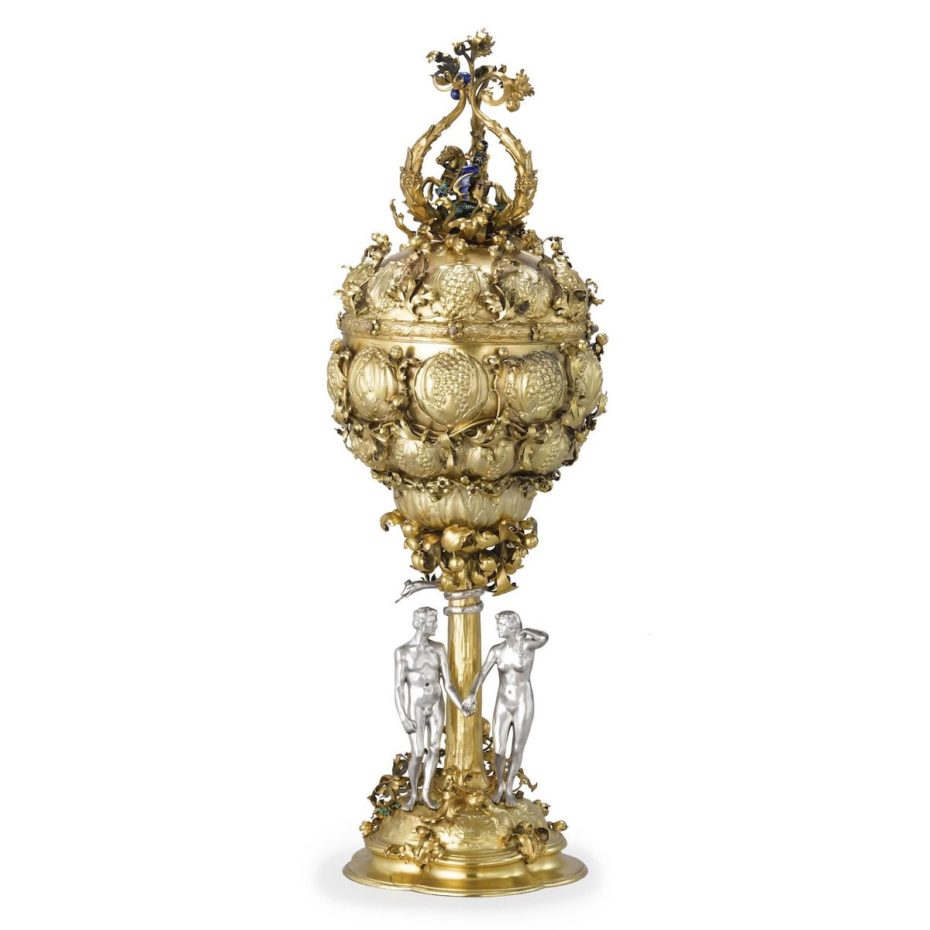
There is arguably no more iconic, big bling accessory than ye olde goblet (if only we had a dollar for every time someone in Game of Thrones took a saucy sip from a chalice, right?).
Because these babies let their materials do the talking, from gilded seashells, precious metals, to glass; eggs, gems, and everything in-between. The presence of a bedazzled chalice at your table could be shorthand for everything from your social status to political allegiances, local folklore, and global religion. They’re beautiful, if not complicated relics that speak to the imagination and extravagance of bygone eras…
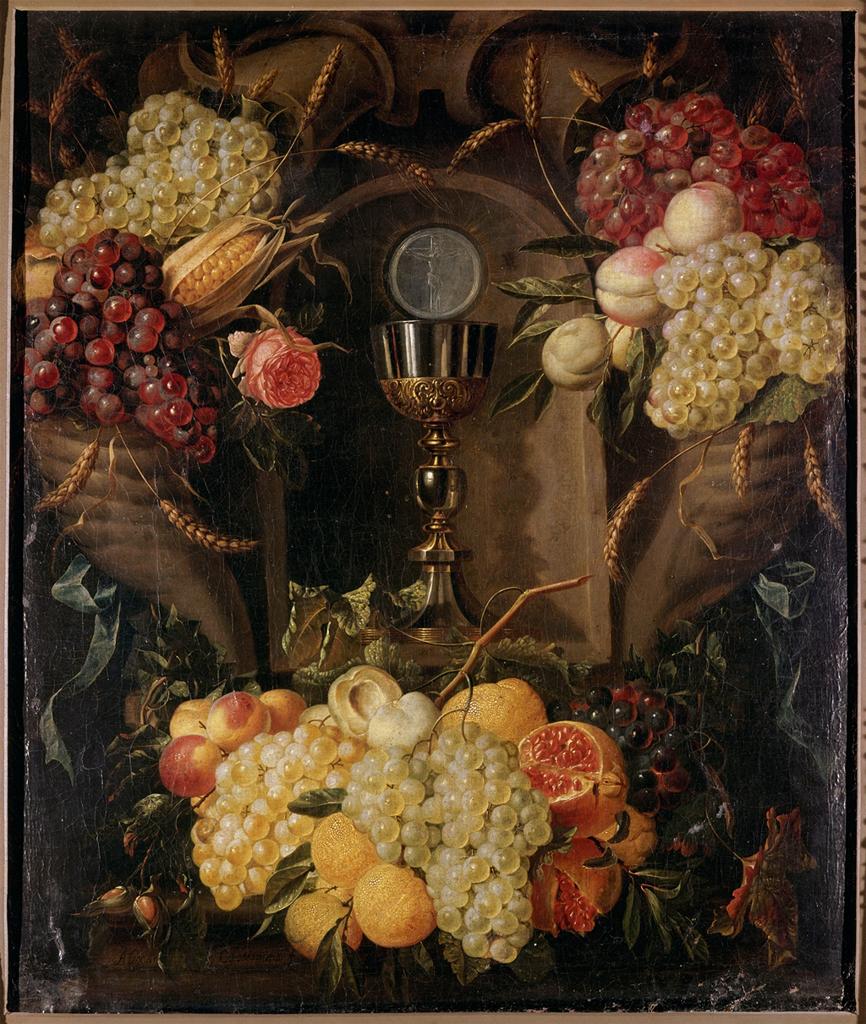
We can’t talk chalices, of course, without the Holy Grail. We’ve all read or seen The Da Vinci Code by now (right?) which helped reignite interest in the Bible’s most enigmatic cup. As Jesus’ choice chalice at the Last Supper, it became a symbol of his being, of life itself, and maybe even (as Dan Brown’s book would have us think) his bloodline. Whatever you chose to believe, you’ve almost certainly heard at least one Biblical or Monty Python Arthurian legend about the quests this cup has inspired, and those claiming to be its guardian. Consider this chalice in Valencia, Spain, that has been lauded as the real Holy Grail since its appearance in the 15th century. It’s even got the Vatican’s stamp of approval:
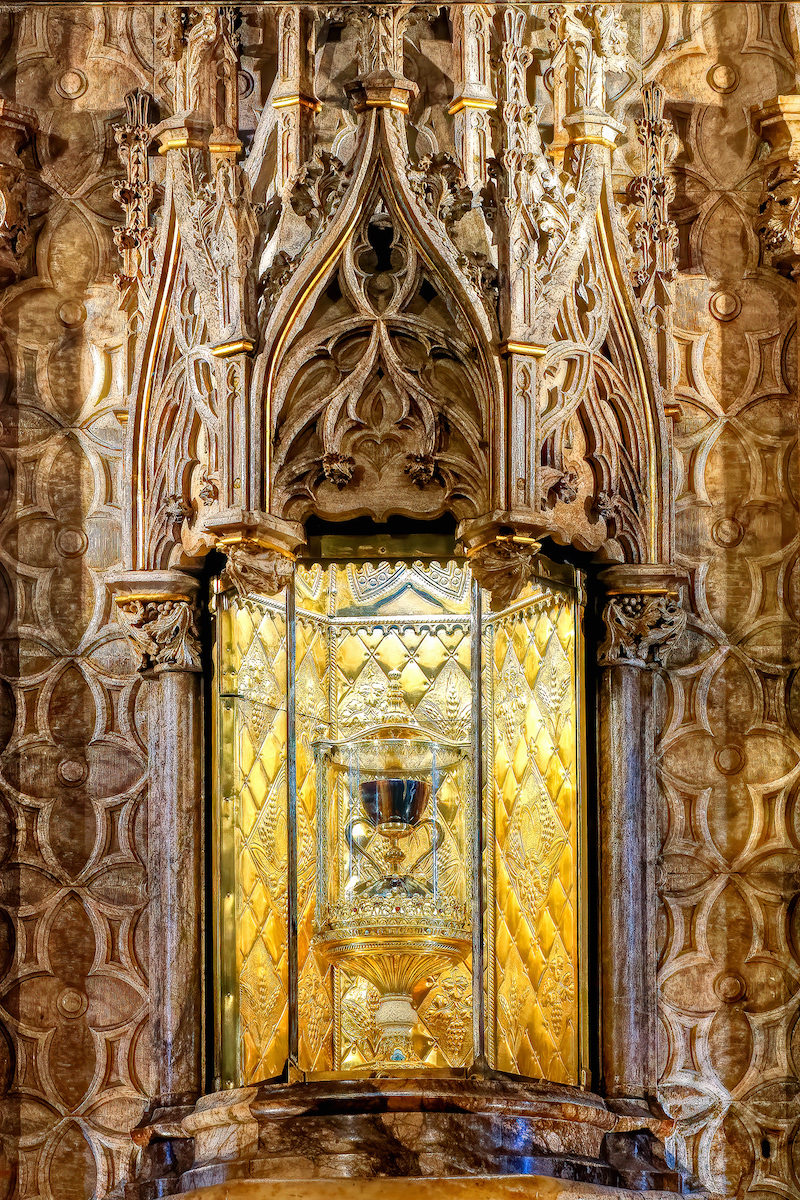
But chalices have also been an integral ceremonial object for spiritual practices across the board. In Wicca, the chalice is a feminine symbol, while Rastafarians employ it for smoking rituals. Christians, Pagans, various indigenous groups – pretty much everyone has instilled something sacred in The Cup at one time or another. The ancient Romans actually found a way of putting microscopic bits of gold and silver into their glass, making it light up red from behind – ancient nanotechnology, in short:
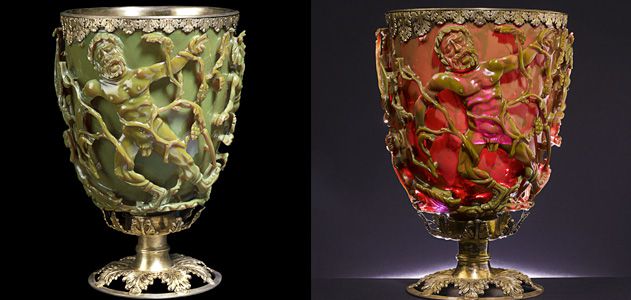
Fast forward to the Age of Exploration in the 15th century. Aristocrats and intellectuals were going gaga for Wunderkammers, or “Cabinet of Curiosities” in German; entire rooms dedicated to showing off their elaborate and rare finds from around the world. “Nautilus Shell” designs became extremely popular, as did ostrich eggs vessels.
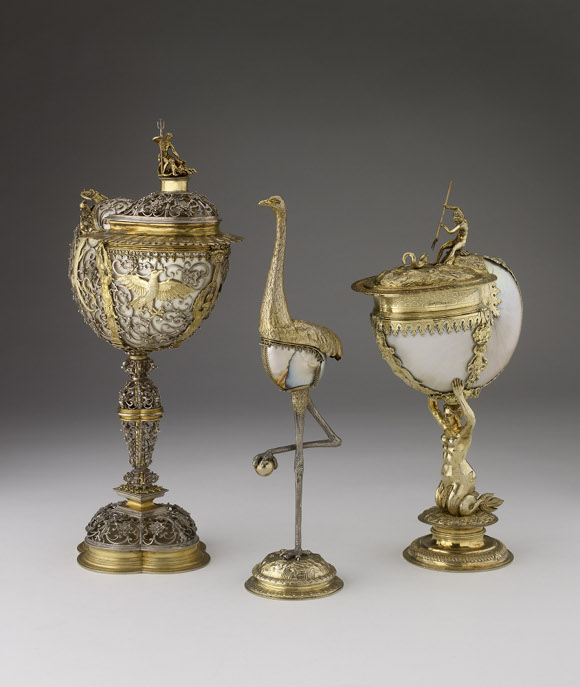
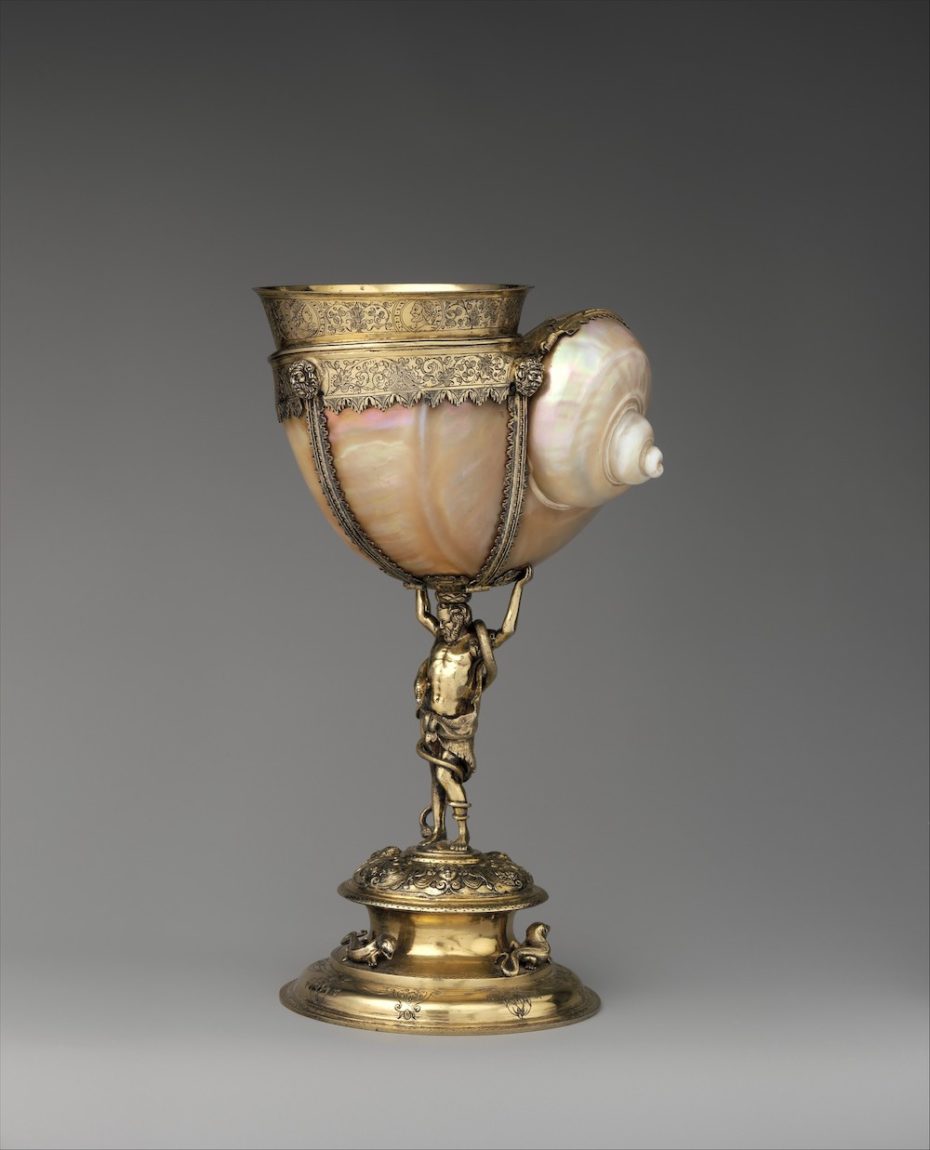
Casper Bendel, German. The Metropolitan Museum
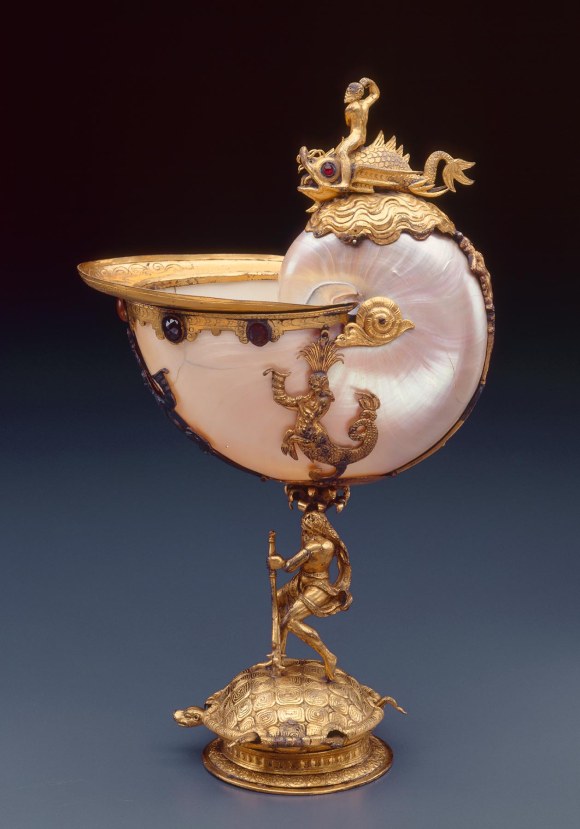
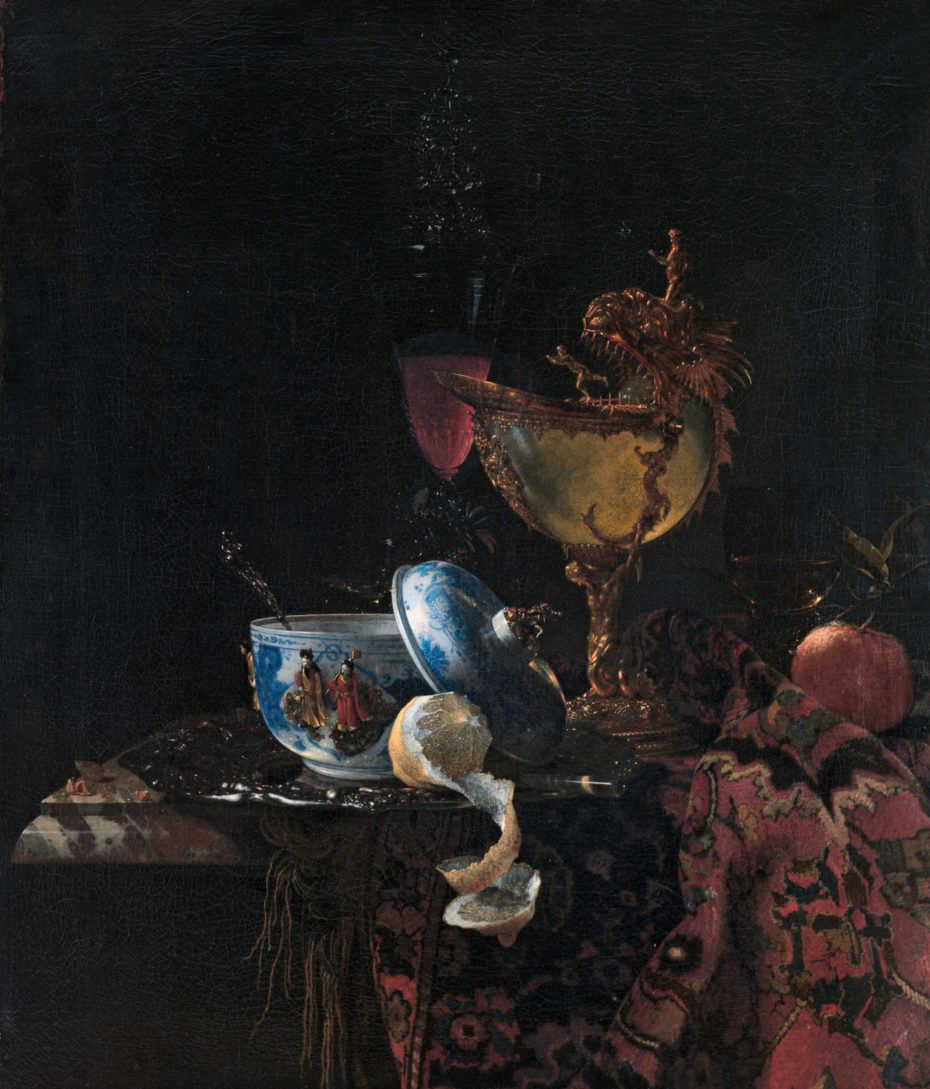
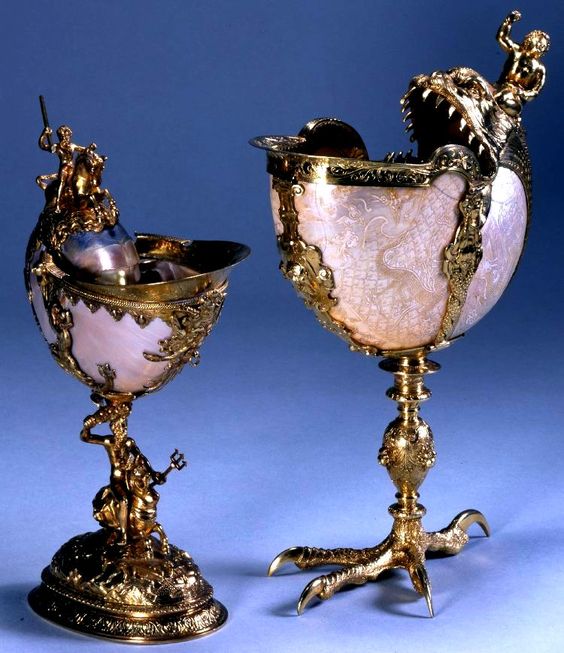
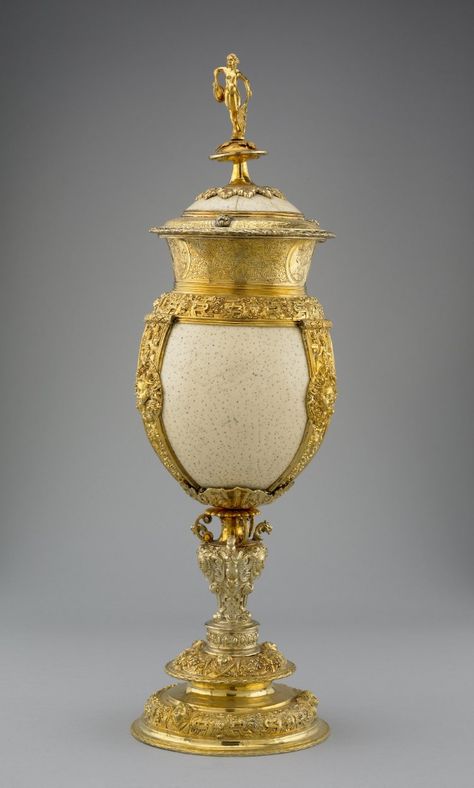
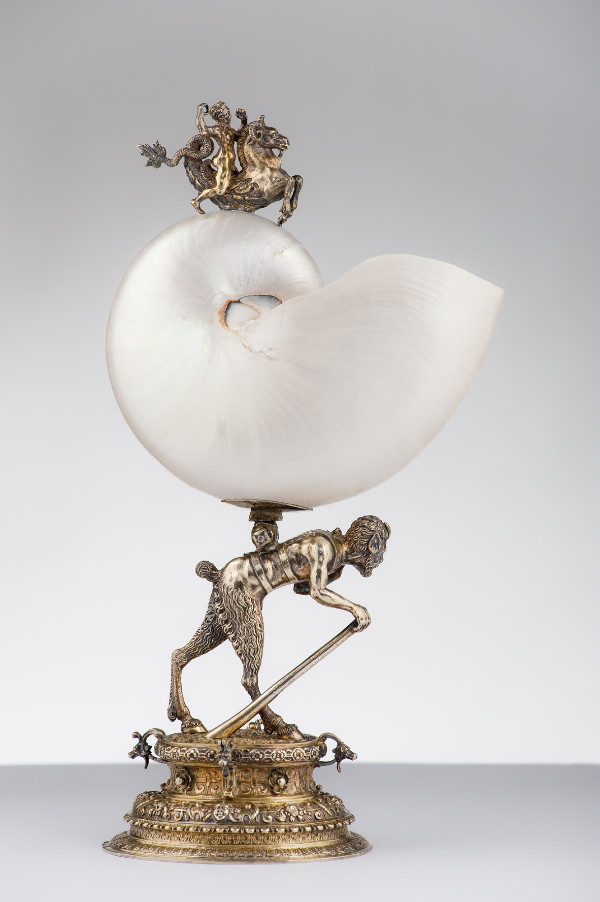
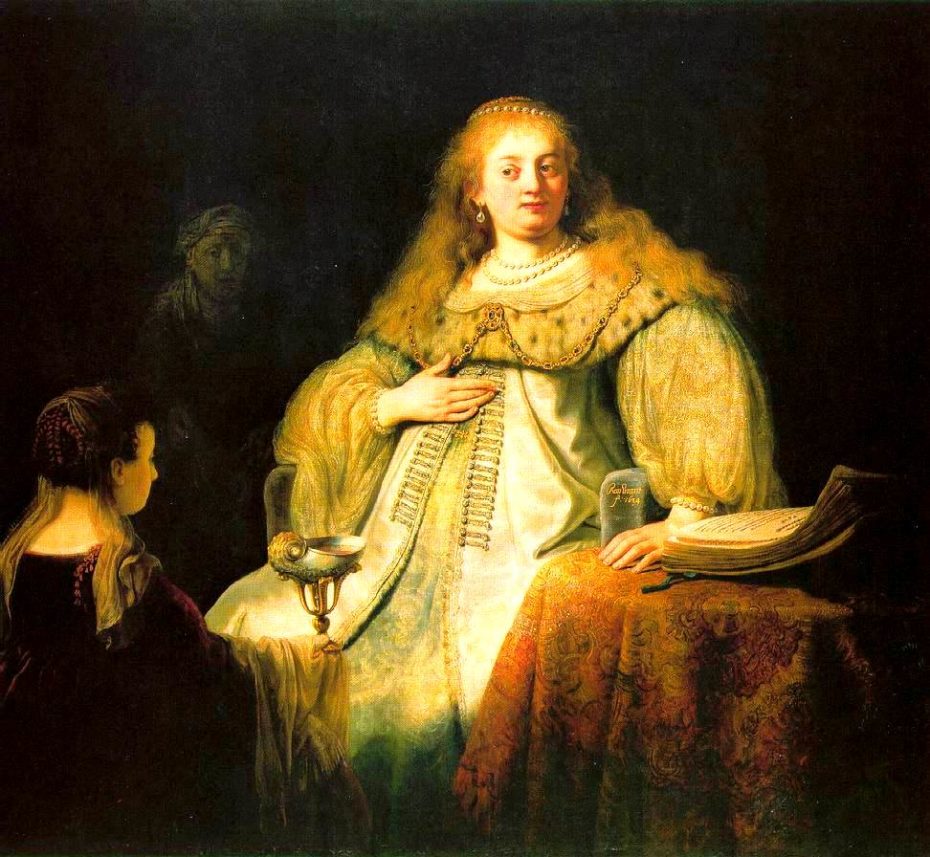
The context of these chalices’ eccentricity, unfortunately, does prompt us to address the exploitive nature of some of their materials. Especially when they came from animals that are now on the brink of extinction, like shell and ivory…
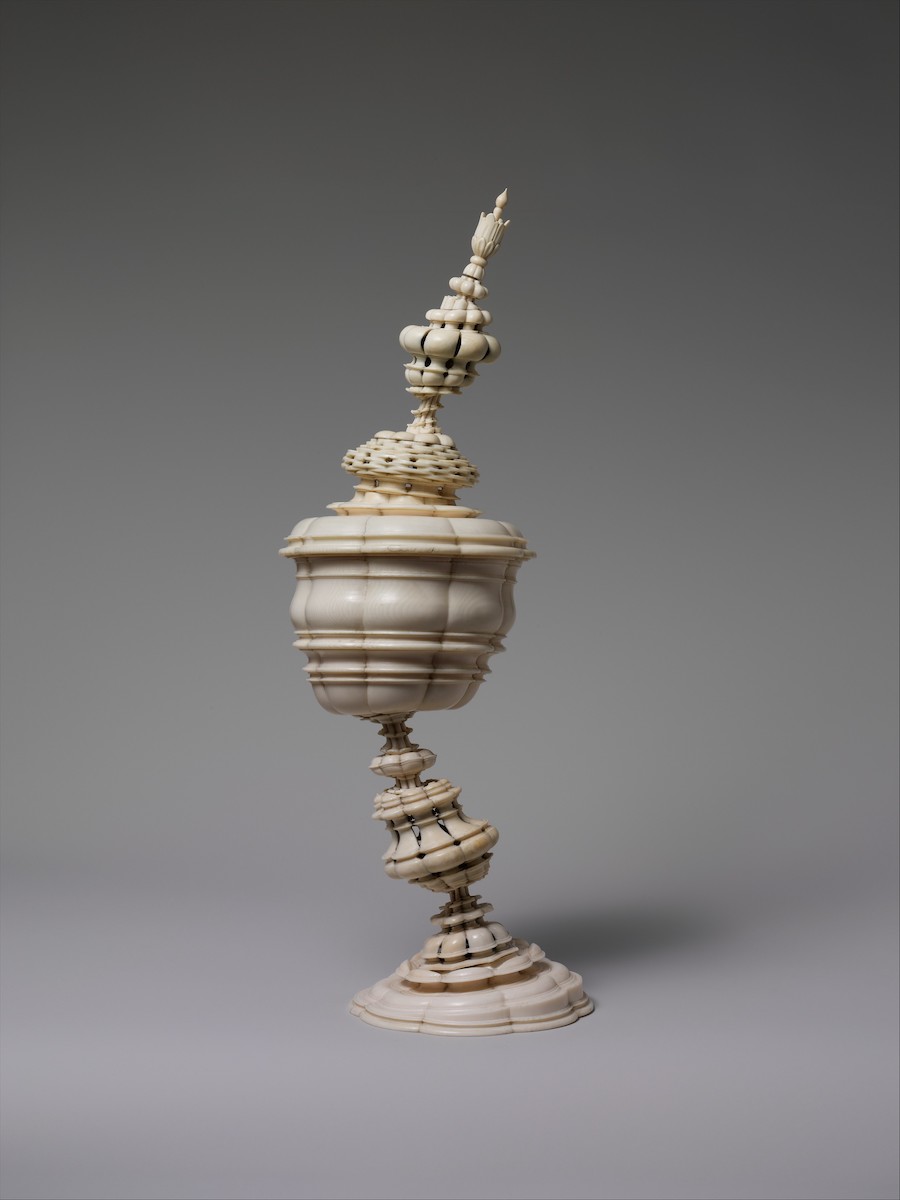
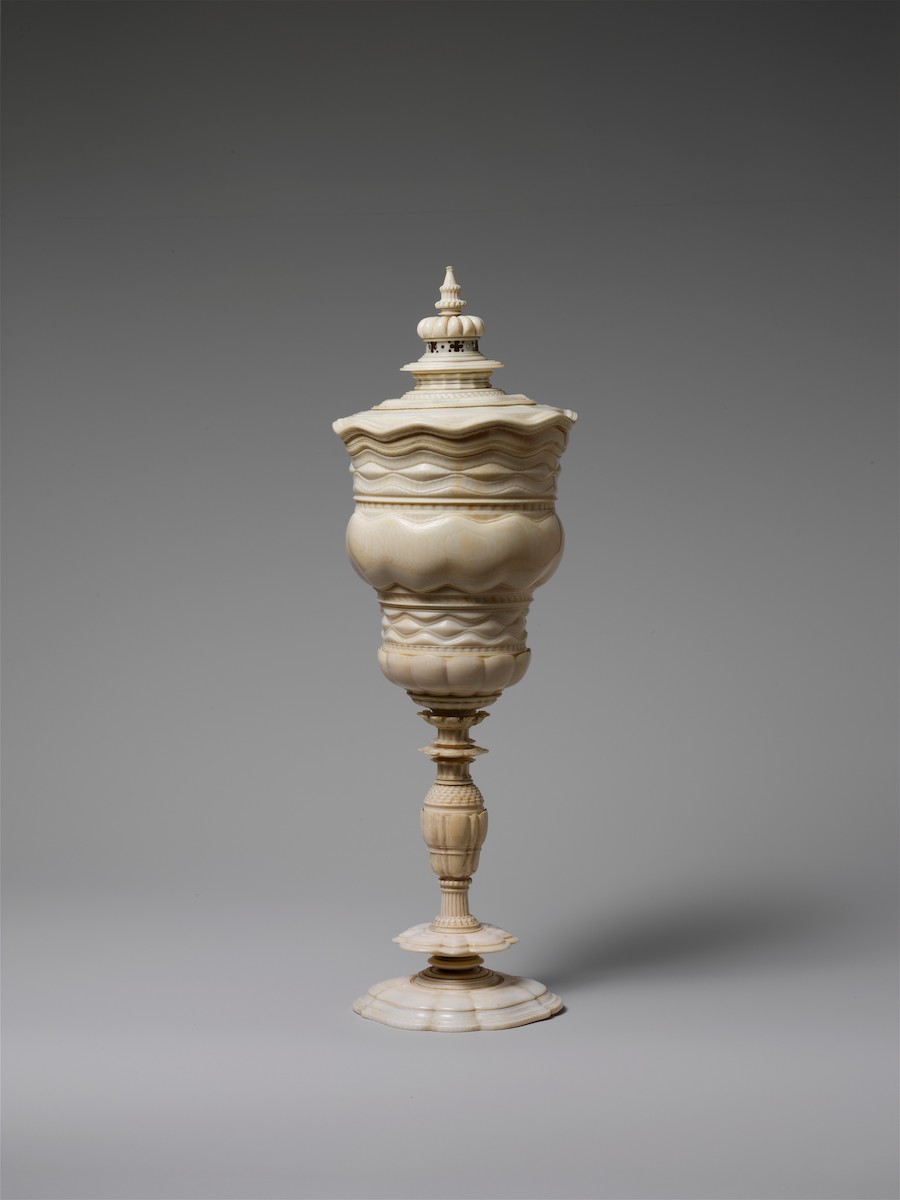
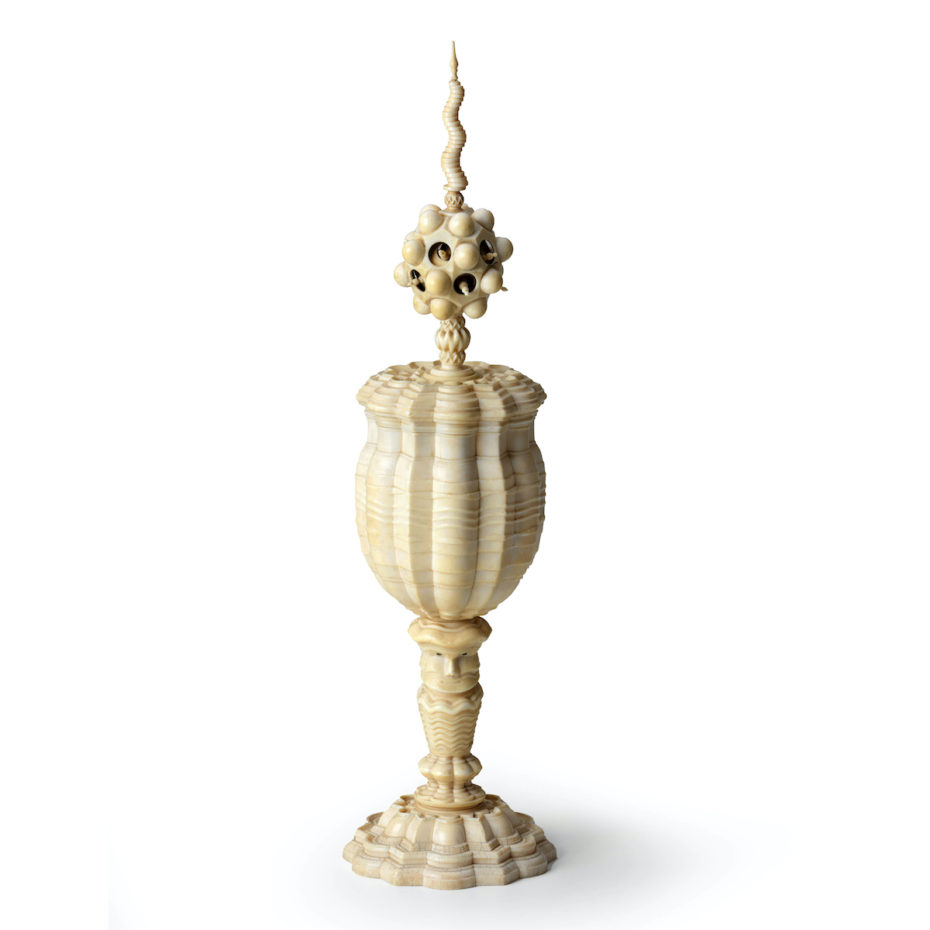
Southern German, Nuremberg, second half 17th century / Sotheby’s
One of the world’s largest collection of ivory chalices can be found at the Rosenborg Castle in Copenhagen, Denmark. Material aside, their carving has some mind-boggling detail:
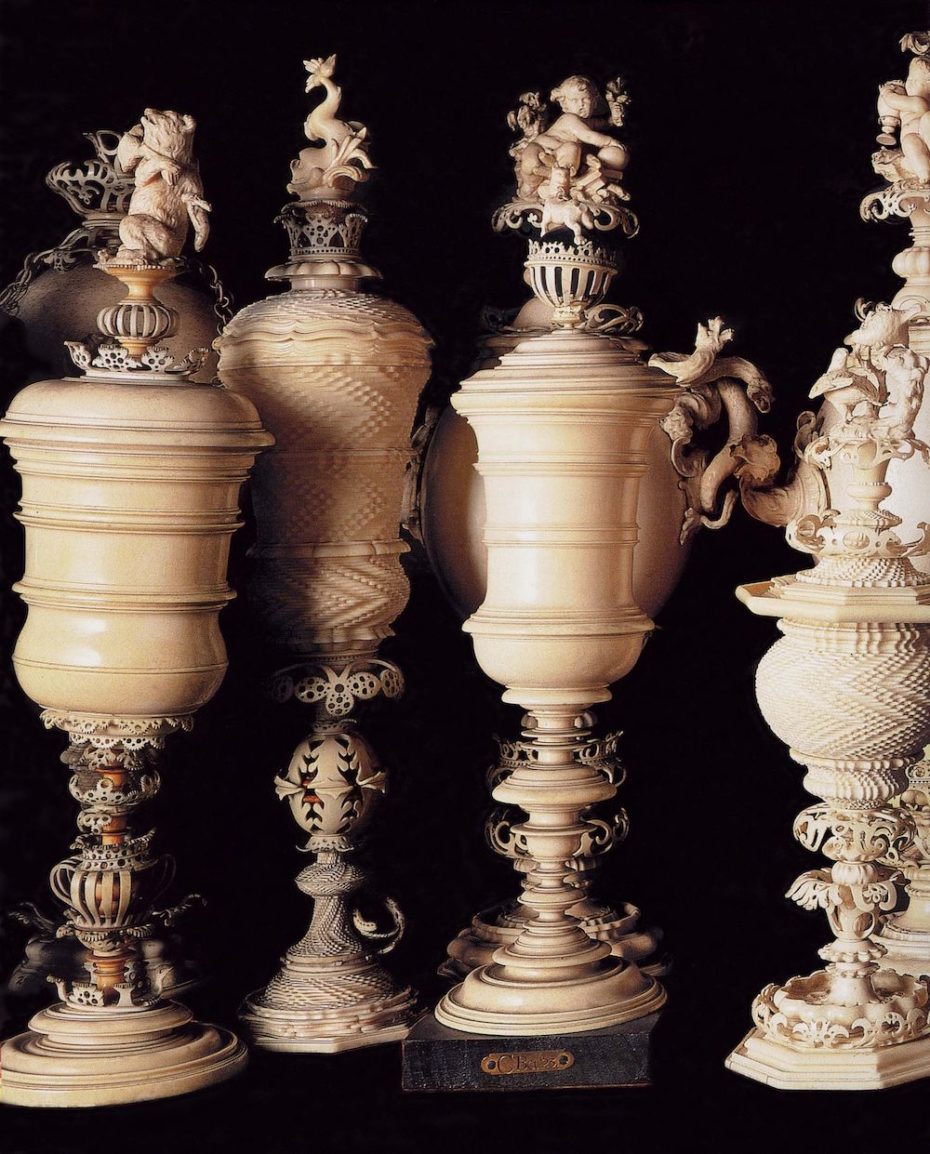
The following Chinese ivory chalices belonged to J. Pierpont Morgan and now live at New York City’s Metropolitan Museum:
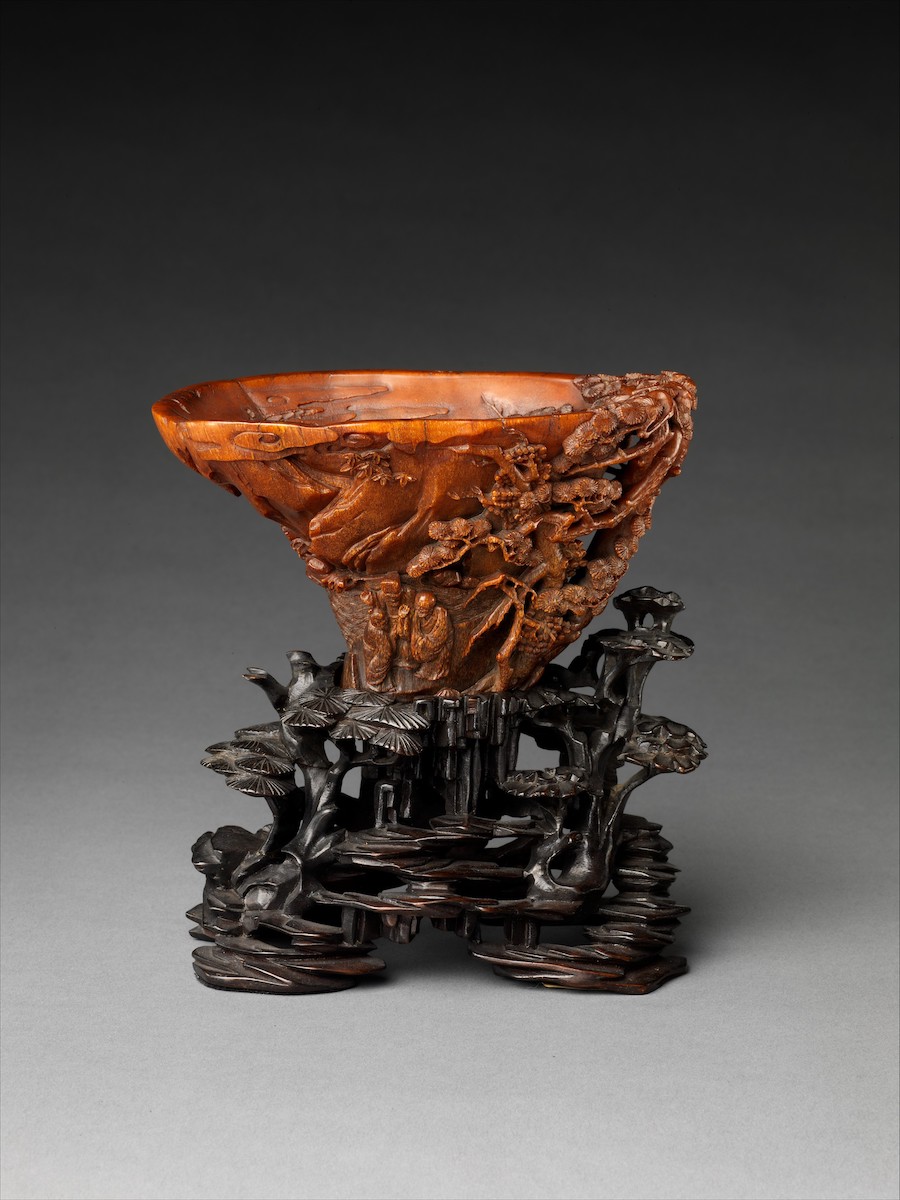
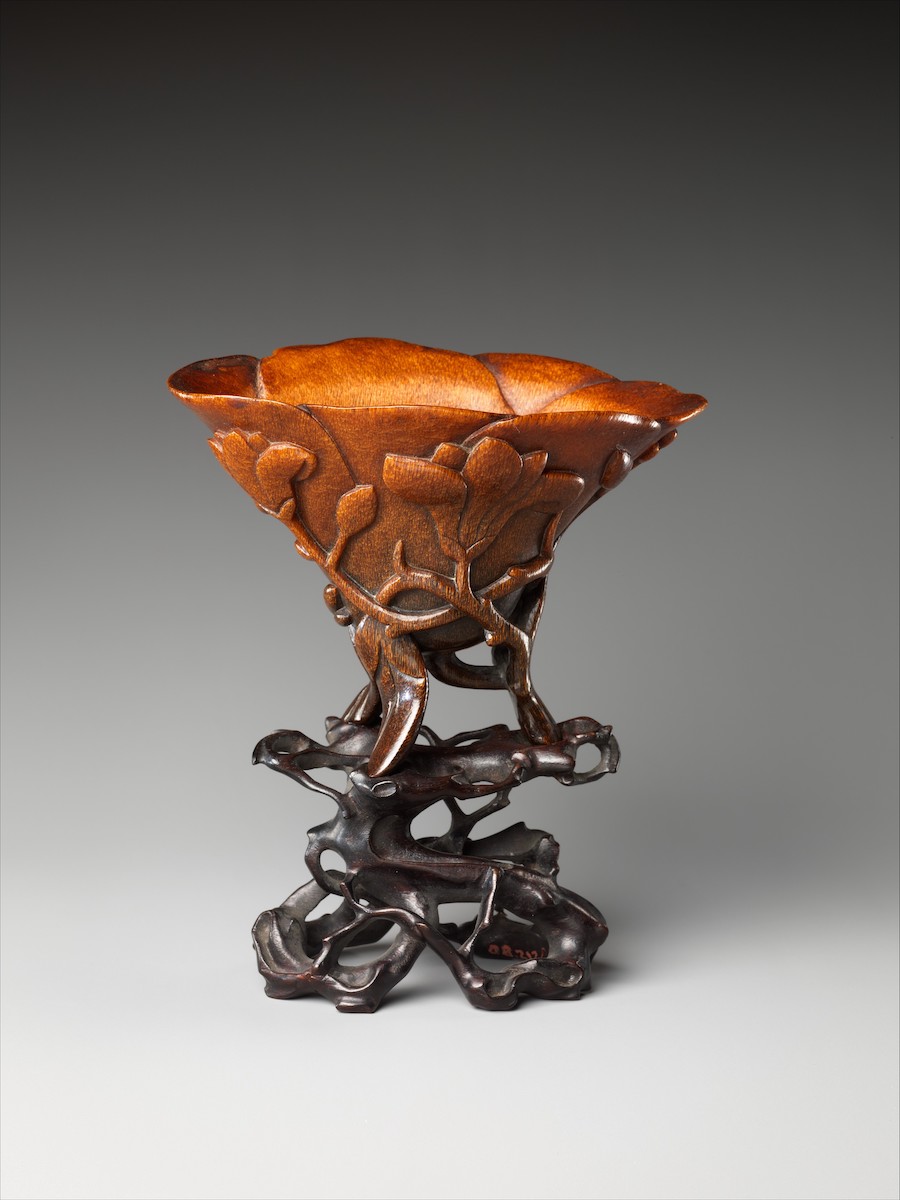
Last but not least, and arguably the most classic Western chalice – goblet, cup, what have you – was made of gold. Crafting such cups would’ve been one of many skills required by a top-notch goldsmith in the Renaissance, where ornamentation was of the utmost importance for religious objects. Remember, in an era where few folks knew how to read, a visual aid to the Lord’s Glory was vital.
